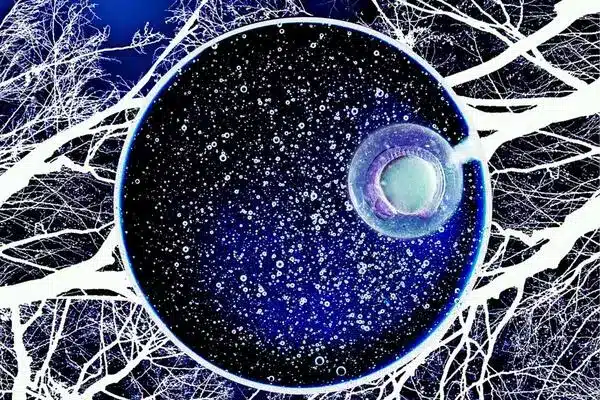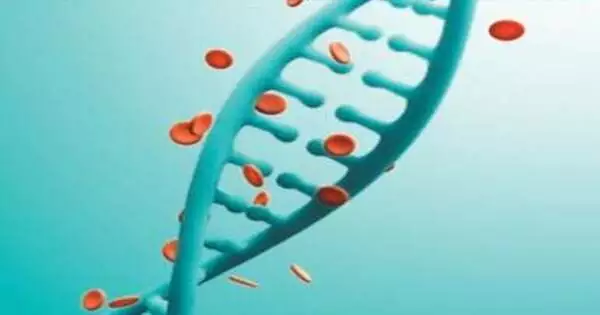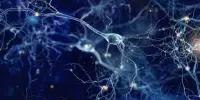An interdisciplinary team of mathematicians, engineers, physicists, and medical scientists has discovered an unexpected link between pure mathematics and genetics, revealing key insights into the structure of neutral mutations and the evolution of organisms.
The study of the properties of positive integers, known as number theory, is perhaps the purest form of mathematics. At first glance, it may appear far too abstract to be applicable to the natural world. Indeed, the influential American number theorist Leonard Dickson once said, ‘Thank God that number theory is unsullied by any application.’ Nonetheless, number theory continues to find unexpected applications in science and engineering, from leaf angles that (almost) universally follow the Fibonacci sequence to modern encryption techniques based on prime number factoring. Researchers have discovered an unexpected connection between number theory and evolutionary genetics.
The team of researchers (from Oxford, Harvard, Cambridge, GUST, MIT, Imperial, and the Alan Turing Institute) discovered a deep connection between the sums-of-digits function from number theory and phenotype mutational robustness, a key quantity in genetics. This quality is defined as the average likelihood that a point mutation has no effect on phenotype.
The beauty of number theory lies not only in the abstract relationships it uncovers between integers, but also in the deep mathematical structures it illuminates in our natural world. We believe that many fascinating new connections between number theory and genetics will be discovered in the future.
Professor Ard Louis
The discovery could have far-reaching implications in evolutionary genetics. Many genetic mutations are neutral, which means they can accumulate over time without affecting the phenotype’s viability. Because of these neutral mutations, genome sequences change at a constant rate over time. Because this rate is known, scientists can compare the percentage difference in the sequences of two organisms to determine when their most recent common ancestor lived.
However, the existence of these neutral mutations raised an important question: what proportion of a sequence’s mutations is neutral? The phenotype mutational robustness property defines the average number of mutations that can occur across all sequences without affecting the phenotype.
‘We have known for some time that many biological systems exhibit remarkably high phenotype robustness, without which evolution would not be possible,’ said Professor Ard Louis of the University of Oxford, who led the study. But we didn’t know what the absolute maximum robustness possible was, or if there was one at all.’

This is the question that the team has addressed. They demonstrated that the maximum robustness is proportional to the logarithm of the fraction of all possible sequences mapping to a phenotype, with a correction provided by the sums of digits function sk(n), which is defined as the sum of the digits of a natural number n in base k. In base 10, the digit sum for n = 123 would be s10(123) = 1 + 2 + 3 = 6.
Another surprise was that maximum robustness is related to the well-known Tagaki function, a strange function that is continuous everywhere but differentiable nowhere. Because it resembles the French dessert blancmange, this fractal function is also known as the blancmange curve.
‘What is most surprising is that we found clear evidence in the mapping from sequences to RNA secondary structures that nature in some cases achieves the exact maximum robustness bound,’ said first author Dr. Vaibhav Mohanty (Harvard Medical School). It’s almost as if biology is aware of the fractal sums-of-digits function.’
‘The beauty of number theory lies not only in the abstract relationships it uncovers between integers, but also in the deep mathematical structures it illuminates in our natural world,’ added Professor Ard Louis. We believe that many fascinating new connections between number theory and genetics will be discovered in the future’.















